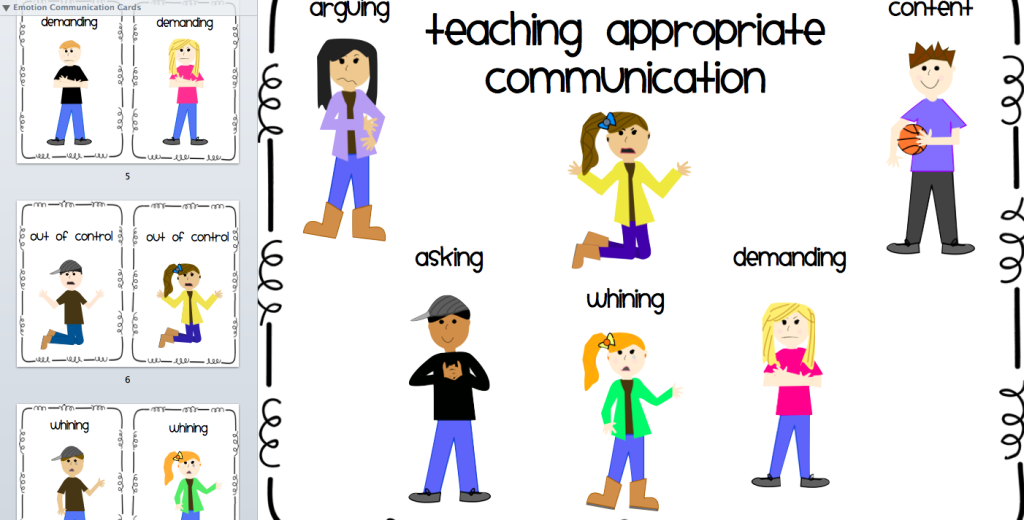Recently, in my “Parenting is Heart Work” group, we talked about how some children have a VERY hard time taking “no” for an answer.
Anyone? Anyone else experience this with their child?
I’m wondering if there are parents who don’t relate to this?!?
Well, children don’t recognize that when they don’t say “Yes ma’am” or “Yes Sir” to our rules and expectations that they appear to “disrespect” our authority. They simply can’t comprehend why we would deprive them of joy…. ever. Kids are like “Wait you are my parent… you are supposed to meet all my wants and needs in my timing at all times” haha they are adorably mistaken.
But, we have a little of that in us as adults as well; so, instant gratification is not a foreign concept for us either.
Either way, we have a big responsibility to ensure that our children become civilized little beings who can communicate in healthy ways… and unfortunately sometimes we don’t exactly model healthy responses. As parents we can often be more reactive than anything else.
When Sean Patrick crosses his arms, throws himself on the floor, or loses his control, he doesn’t know that not only are his words destructive but his voice level and his body language also need to be replaced with appropriate responses.
So, I created a visual to show him how he communicates with me.
I talked to him about all the different ways we can communicate about something and I made up stories about the children in a few of the pictures. I strategically “make up” stories that are past examples of Sean Patrick’s impulsive responses.
For the picture of the demanding child crossing his arms I might say “This is Johnny. Johnny’s mommy said that he couldn’t have a gummy snack until after dinner, and Johnny said ‘NO! I want it NOW!’ Can you see what Johnny’s face and arms are doing? Do you think he is ready to listen and say “Okay mommy!” Or do you think he is going to make his problem worse? (Sean Patrick said he is not listening to his mom and he needs to get in control) . The way Johnny is speaking to his mom with a mean face and crossed arms shows his mommy that he is demanding she listen to him instead of using his words to talk about the problem. Can you tell Johnny that he can have a happy heart and wait until after dinner to get his fruit snack?”
We talk about the pictures and we also practice coping and fixing our problems AFTER we have a problem and he cools down I might say, “Sean Patrick what went wrong when we had that problem earlier? Did you try hard to calm down and talk about the problem or were you out of control?” (He usually is very honest about his emotions. After we talk about that then we practice our coping strategies: breathing, counting, walking out of the room for a minute, etc.
I hope this helps you too!
If you want this printable you can get it HERE

